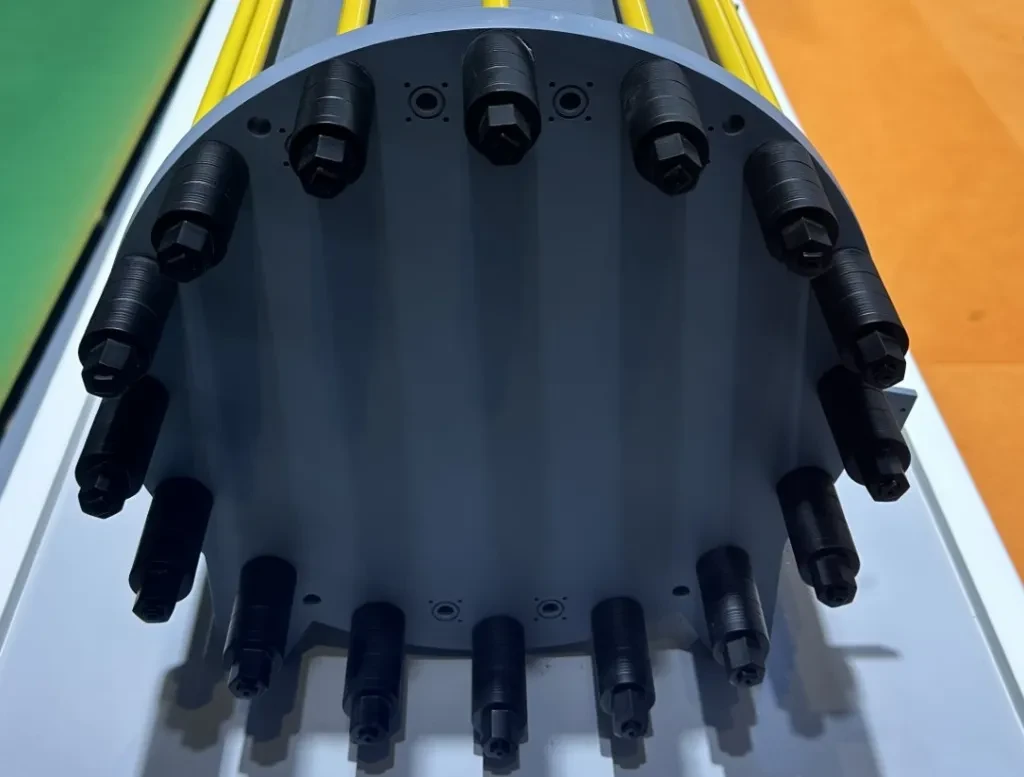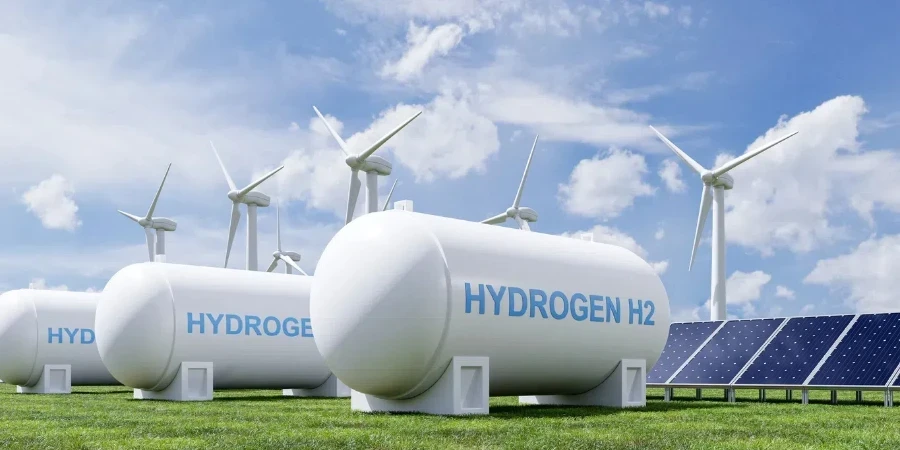Canada and Italy announced funds for hydrogen projects. Meanwhile, a team of researchers explained that Australia should ship hydrogen to Japan by 2030 via methyl cyclohexane (MCH) or liquid ammonia (LNH3), not completely rejecting the option of liquid hydrogen (LH2).

Canada will commit up to CAD 300 million ($217 million) to support clean hydrogen trade with Germany. “The funds will be allocated via a competitive auction process expected to be launched by the end of the year, following European Commission review of the proposed auction parameters and a similar funding commitment from Germany,” said the Canadian government. The initiative is part of the joint Canada-Germany Hydrogen Alliance. “It will help Canadian companies access German markets for their clean hydrogen and ammonia. It will also ensure Germany has access to competitively priced clean energy products produced by Canadian industry and driven by Canadian workers.”
The Italian government activated a €994 million fund to support the implementation of the Important Project of Common European Interest IPCEI Hy2Infra. The Italian government cites, as a reason, the European Commission’s decision last February to authorize state aid proposals from seven European countries for a total amount of €6.9 billion. “The IPCEI Hydrogen 3 Fund is aimed at providing contributions to Italian companies involved in the implementation of projects for the development of a European hydrogen network, with particular attention to investments in infrastructure,” the government stated.
A team of Australian researchers incorporated dynamic efficiency and the overload capacity of PEM electrolyzers in their techno-economic model, assessing the best options for exporting green hydrogen from Australia to Japan by 2030. A sensitivity analysis showed that a lower weighted average cost of capital and scale-up can significantly reduce the landed levelized cost of hydrogen (LCOH). “Increasing the landed hydrogen capacity tenfold to 1000 t/d very significantly reduced the landed LCOH,” said the researchers in “Techno-economics of renewable hydrogen export: A case study for Australia-Japan.” The paper found that LNH3 and MCH are the most cost-effective hydrogen carrier: “Under the base case assumptions, the LH2 pathway tends to be costly due to the high BOG [boil-off gas] rate observed in every step of the supply chain. Nevertheless, there is potential for economic viability if effective measures are implemented to manage BOG losses without incurring substantial costs,” the researchers wrote in the article published in Applied Energy.
Green Marine UK’s initiative to retrofit crew transfer vessels with hydrogen, fuel cells, and batteries has been granted approval in principle by global classification society RINA. “Phase 1 of Project Verdant, involving a preliminary design and feasibility study, has now been completed and deemed viable, opening the door to subsequent project phases seeking to execute design, engineering, and sea trials,” the British marine operator said.
Masdar has signed an agreement with TotalEnergies to assess the viability of developing a commercial green-hydrogen-to-methanol-to-sustainable-aviation-fuel (SAF) project. “The focus of the project is to help decarbonize hard to abate, emission intensive sectors such as the aviation and maritime industries,” said the United Arab Emirates’ energy company. The project will also capture and utilize CO2 from an industrial source to be used as feedstock in addition to green hydrogen from renewable energy-powered electrolysis for the production of green methanol and SAF.
This content is protected by copyright and may not be reused. If you want to cooperate with us and would like to reuse some of our content, please contact: editors@pv-magazine.com.
Source from pv magazine
Disclaimer: The information set forth above is provided by pv-magazine.com independently of Alibaba.com. Alibaba.com makes no representation and warranties as to the quality and reliability of the seller and products. Alibaba.com expressly disclaims any liability for breaches pertaining to the copyright of content.




